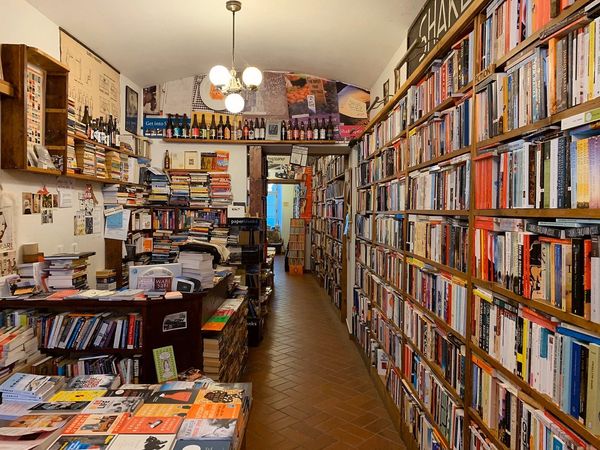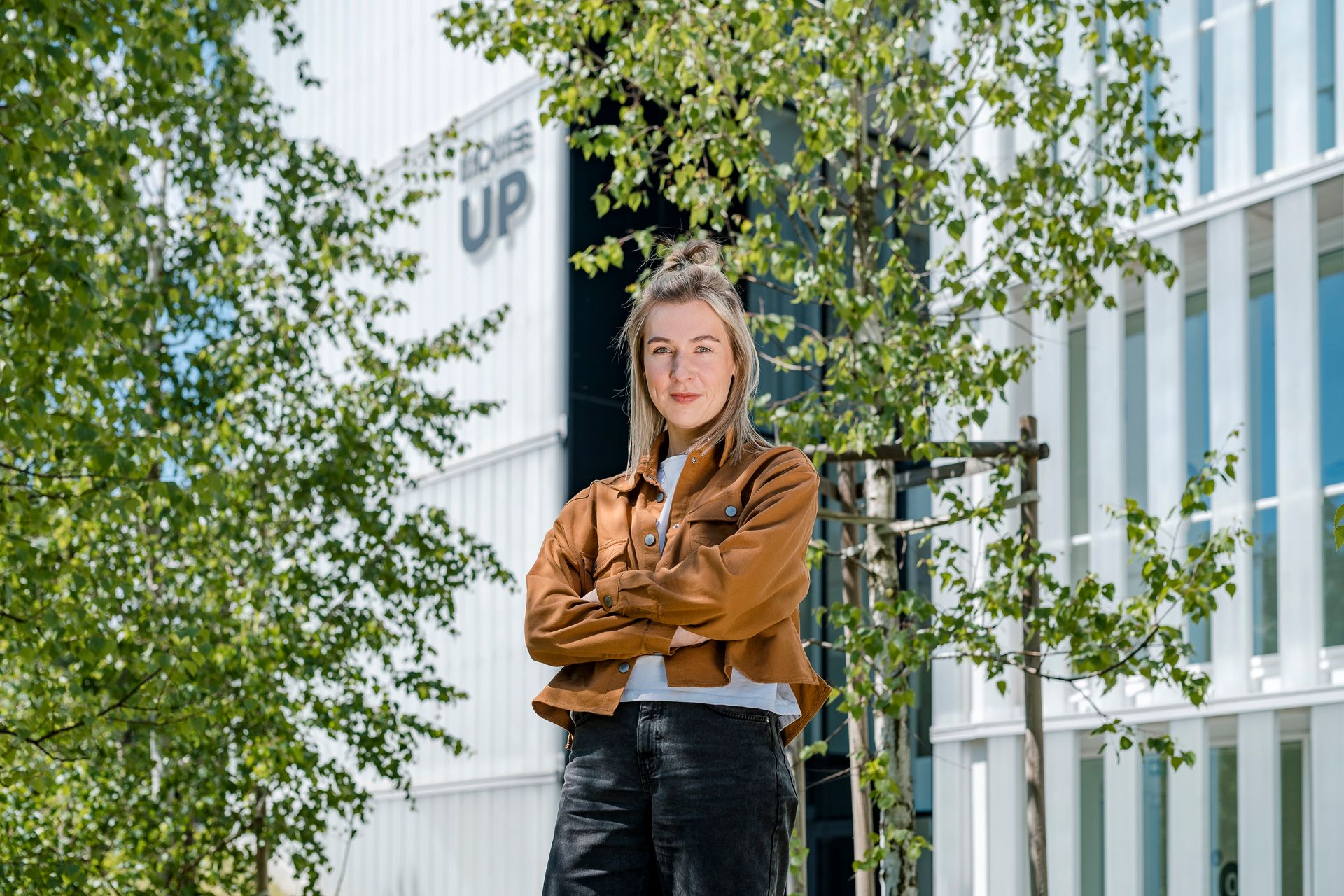She specializes in open innovation and smart city; her interdisciplinary background is of particular value, allowing her to know and understand the importance of collaboration between various stakeholders, and she starts strategy-making without a blueprint—Latvian-born Lāsma Ivaska starts as the new Director of Moholy-Nagy University of Art and Design’s Innovation Center in June 2021. With all this, the university’s research and development activity will also gear up to gain a new position on the international market.
The Moholy-Nagy University of Art and Design (MOME) and the Foundation for Moholy-Nagy University of Art and Design operating the institution announced an international open call to fill the position of the new Director of the MOME Innovation Center (MOME IC) in November last year. Hype&Hyper’s readers could already learn about the selection process and its details earlier. This time, we had the chance to ask Lāsma Ivaska, the new Innovation Director, in person. Interview!
You moved to Budapest from Riga, the capital of Latvia: what do you think of the Hungarian capital, what are your first impressions?
I arrived less than two days ago so I haven’t really formed a proper opinion about the city yet. But I think to really know a city you need to try using it more by walking and try to use the public transportation system, which I haven’t had the chance to do. But so far, my first impressions are very good.
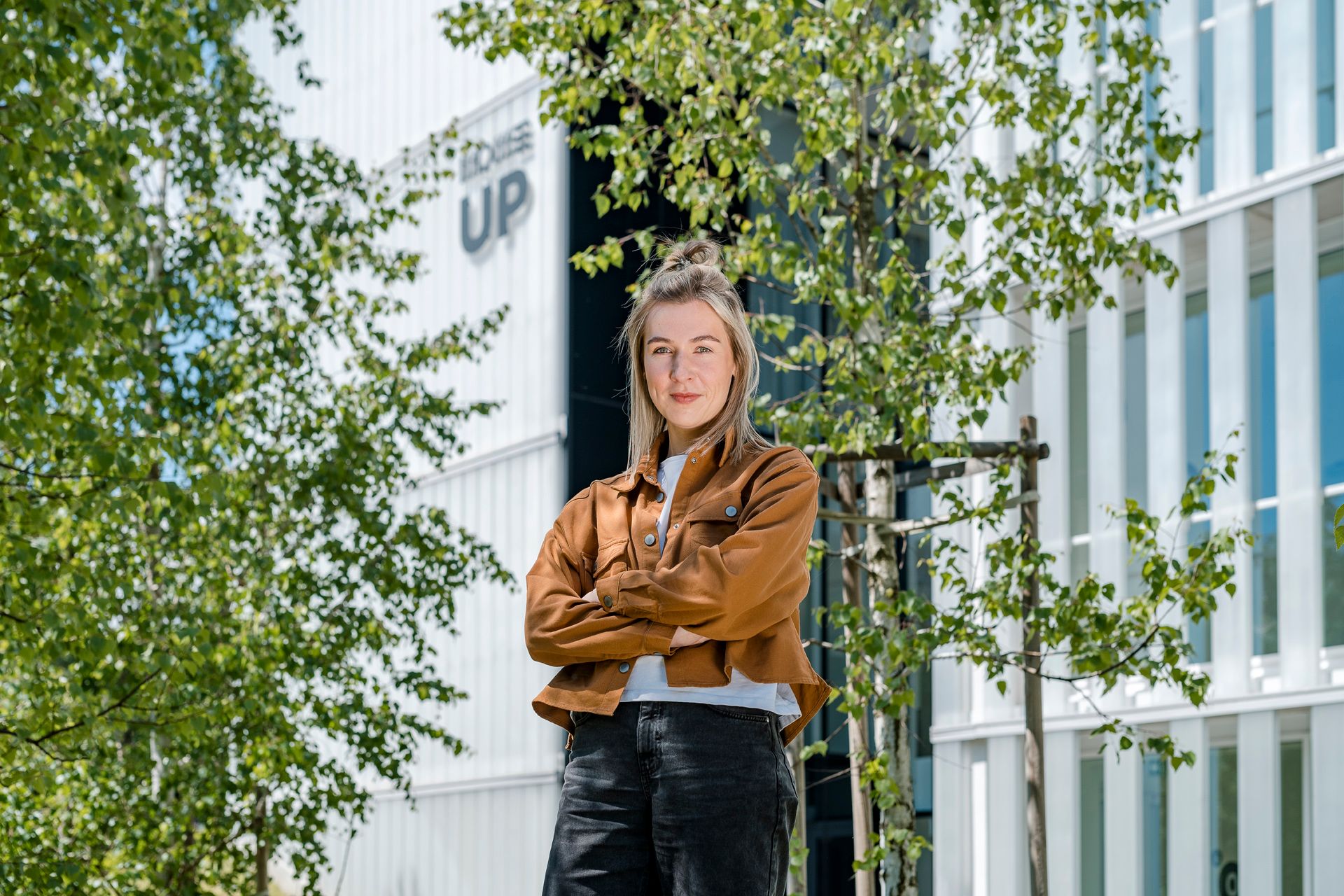
Out of the more than 160 applicants, you were chosen to be the new head of the Innovation Center in the framework of the international open call announced by MOME and the foundation operating the institution. Why did you find this position an exciting challenge?
I think in the Central-European region there are very few, if maybe not any, specifically art and design universities that decided to take this strategic step towards innovation and towards the private sector and working on real world applications. MOME’s decision to do this puts the institution in a very very good position and it’s a super interesting challenge to actually try to accomplish this vision in real life. Previously, in Latvia, I often worked on bringing public sector together with the private sector to kind of make their relationship more friendly: to facilitate better collaboration between them. I think the same experience could be applied also to higher education and innovation here.
I had thought about moving to a different city before, because I also have an education in urban economics: I’m interested in cities and in urban design and how cities that are located in different places but deal with the same issues and challenges are dealing with mobility issues, sustainability, waste management—all of these things. In addition to Riga, I lived in Glasgow, too, but I was also fascinated by other cities. And when this opportunity came, I mostly saw it as a professional challenge, because even though what we were doing in Latvia is close to my heart and we have put a lot of energy into it, being the Director of MOME IC is the next level to me—the resources here have a huge potential and the impact that can be achieved can be much greater, too. I want my work to have a social impact and bring good to the world and I think here I can do it at a larger scale than what came with the position in Riga at this point.
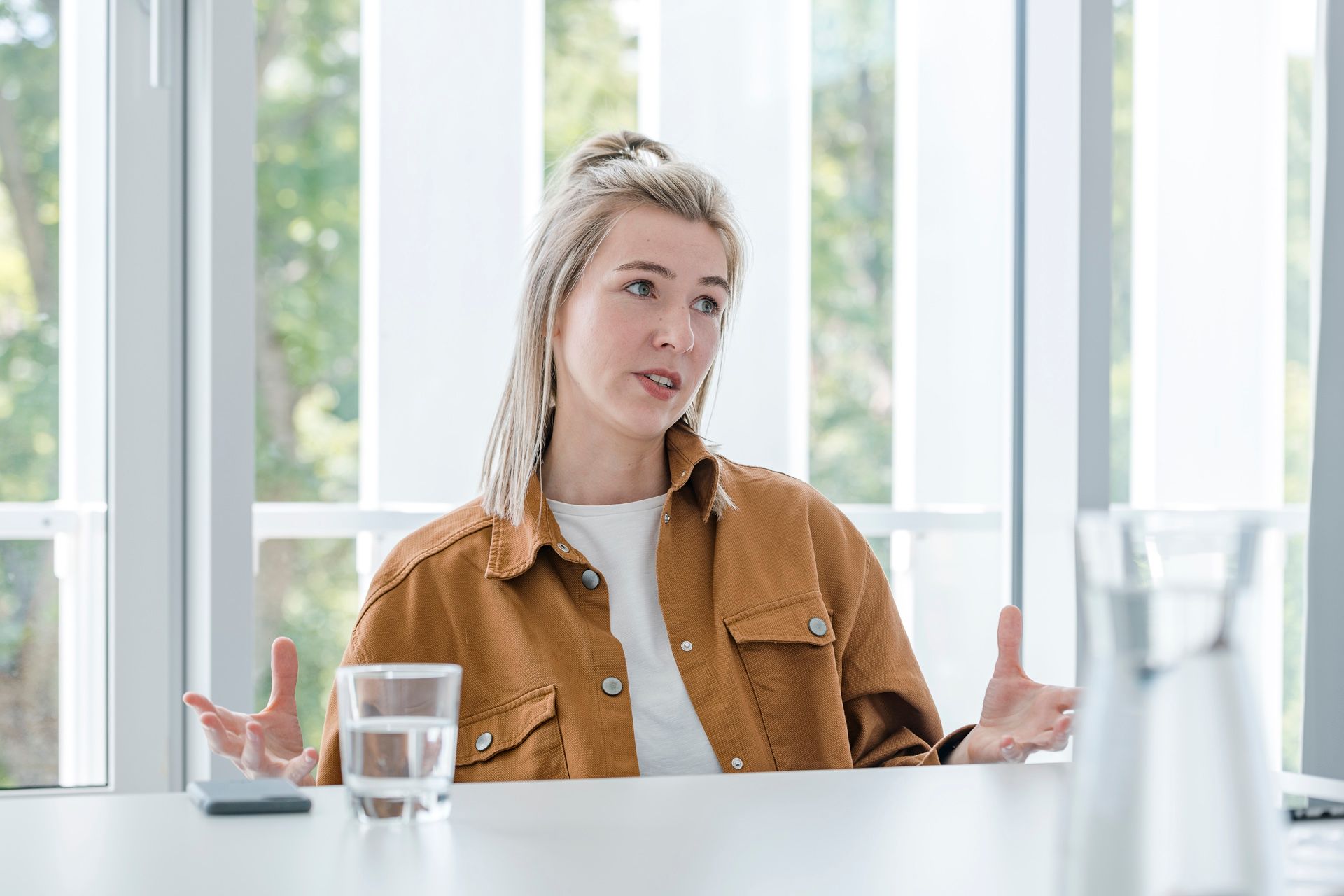
Your specialties are open innovation and the smart city: you worked as the Innovation leader of Riga’s innovation district, VEF and in addition you also run your own exciting civil project in the Latvian capital called Repair Café. What are the skills and experiences from your previous work that you think you will be able to put to use as the leader of the Innovation Center?
I think one of my past experiences that definitely applies and will help my work here a lot is that in my past two positions I had to work without a blueprint: nobody really knows how to do this, but it was my job to figure it out how to get startups engaged, how to get the public sector involved. When you have a vision, but no roadmap—this is something that I have experience with and I think MOME is in a similar situation now.
In Riga, the latest project that I’ve been involved in is this association, where, together with technology companies and real estate developers, the aim was to establish the first innovation district in the city. This system has now been in operation for two years already and we are very happy that within the two years we had actually managed to change the legislation in the city of Riga and now there are these special innovation zones where you can test your smart city solution in a real urban environment.

When you create something at the university or at your company, to actually test it in real urban environment, you have to put it in the drawer for 6 months and wait until somebody allows it—these innovation zones are designed to facilitate this process. I think bringing the market players closer to public sector will be a central factor here, at MOME, too. Moreover, my interdisciplinary background may also be of service: I did business consulting, I have education in literature and before I attended a mathematics focused high school. These different fields all helped me understand why it is important to make different stakeholders work together.
One of MOME’s goals has been to strengthen the international character of the institution, but what will be exactly the mission of the Innovation Center under your leadership?
I would like to have the vision finalized together with the people at MOME. However, there are two main directions I would definitely want to strengthen: more active focus on design-based research through EU funded projects and other larger projects involving market players and other international players—laying down a solid foundation for this kind of research is also one of the goals. And the second thing is, of course, as you’ve also mentioned it, internationalization. It would not really make sense for MOME to have a person from another country to come here and focus on very local community issues: I think my personal priority will be to help take both research experience and student experience to the international scene.
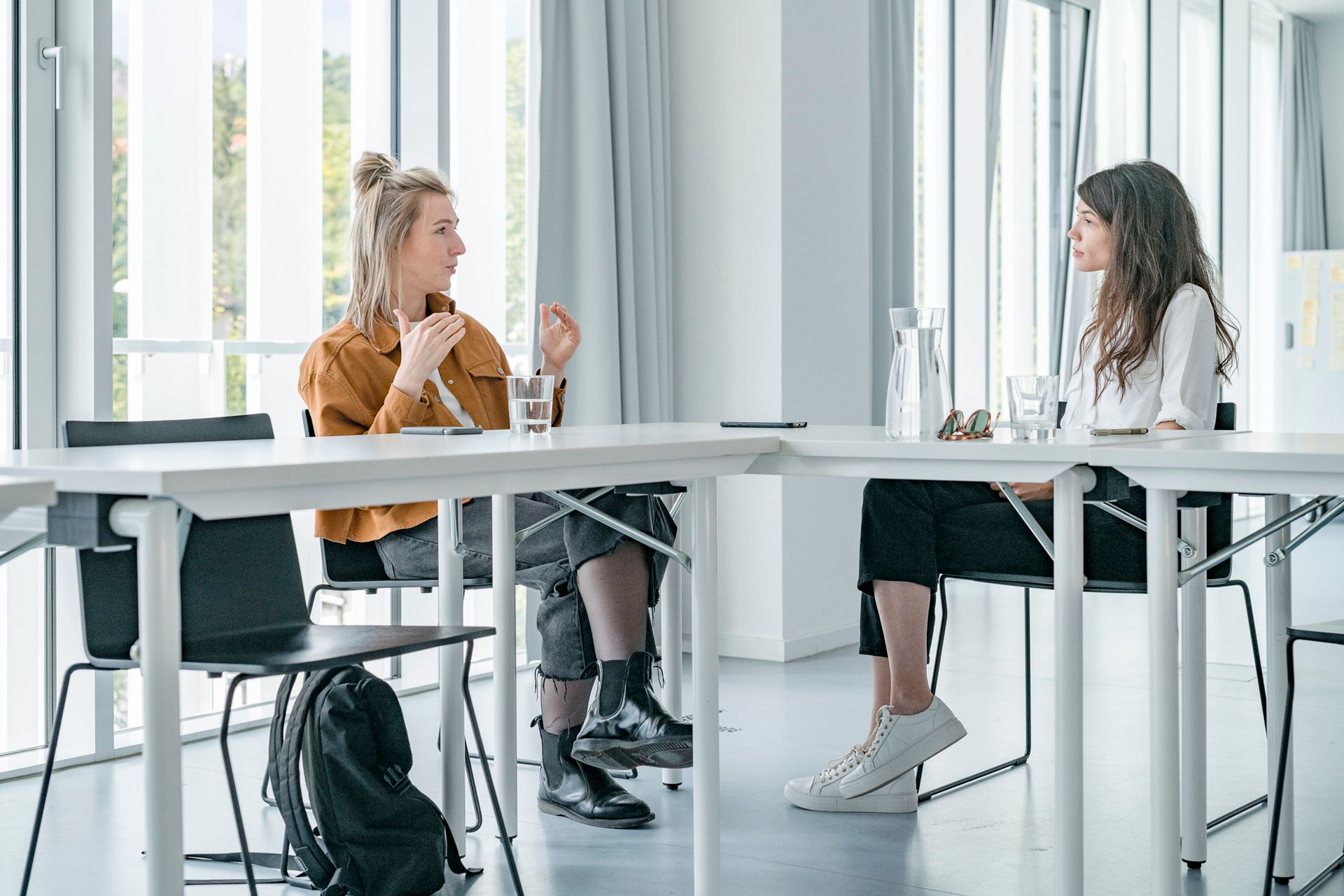
How will the activities of the IC be integrated into the daily lives of students?
I think this idea of facilitating innovation also applies to students and their ideas and projects. Innovation is a very strong word and people sometimes are afraid of it but maybe you could call it creativity applied to real world problems. Or applied creativity—I guess it’s a good term. For example, the mobility idea incubator created in Riga helps both students and new startups and entrepreneurs get their idea much more developed, formalized and to be able to make an actual business out of their vision. I think a similar initiative would be really good also for students here: if they have an art or design-related idea that they want to develop then I think the task of IC would be to help them—it could involve mentors from the university or from alumni and there should be some entrepreneurial assistance available for students.
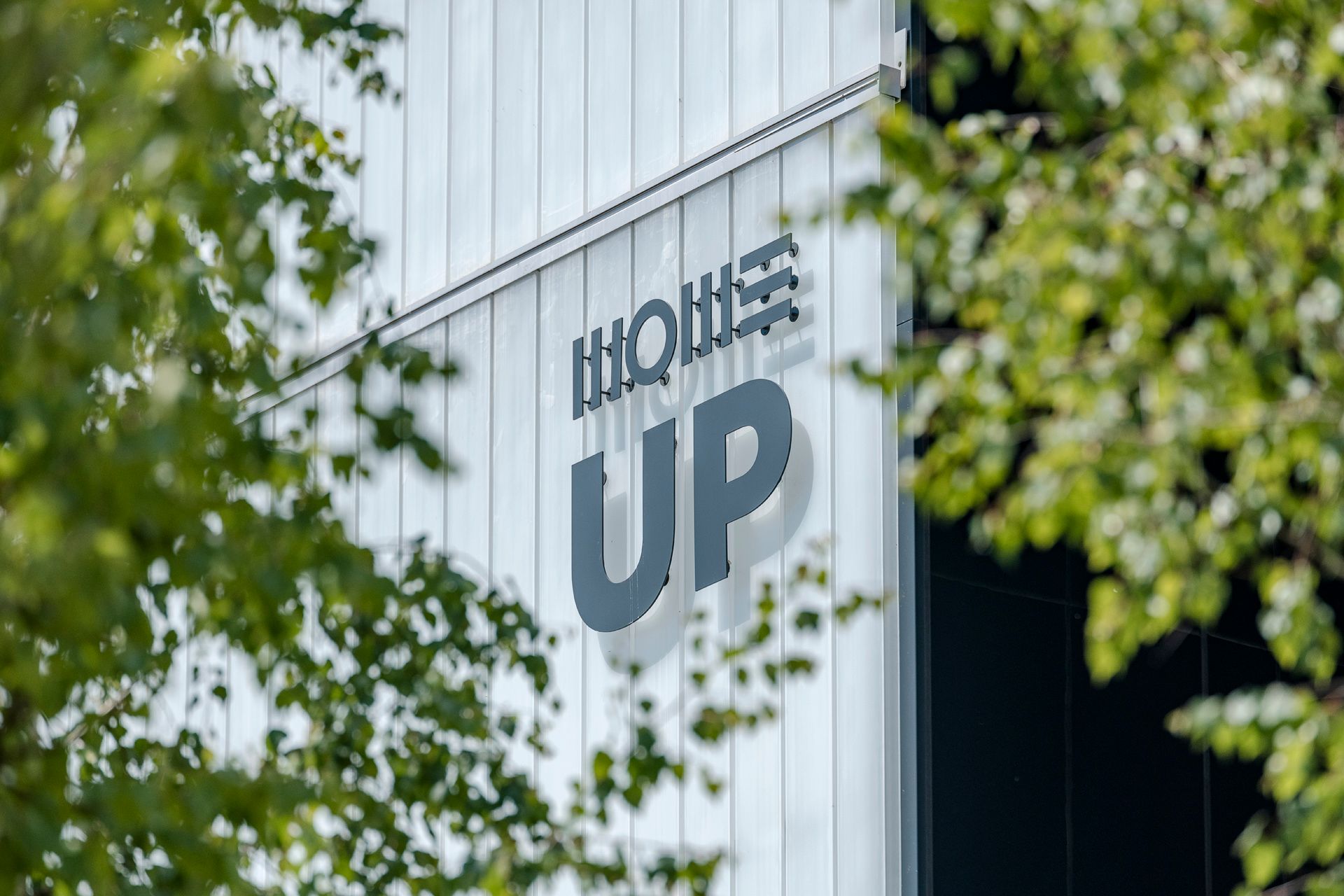
What do you think are the most important strengths of MOME now and what could make the institution the most successful creative and innovative center in the region?
I believe we have already touched upon this issue in some of my previous answers. I think one of the great strengths of the university is its commitment to focus on innovation, which is really not a standard practice for arts and design universities—I don’t see it happening in the Baltic states, either. So I think if there were one university in this region that is actively engaged in innovation that would already put them at much higher interest level. On the other hand, the amount of people working here is also a huge strength. And if they are used well and in a smart way, I think it guarantees that we accomplish our goals—I can already see it my mind.
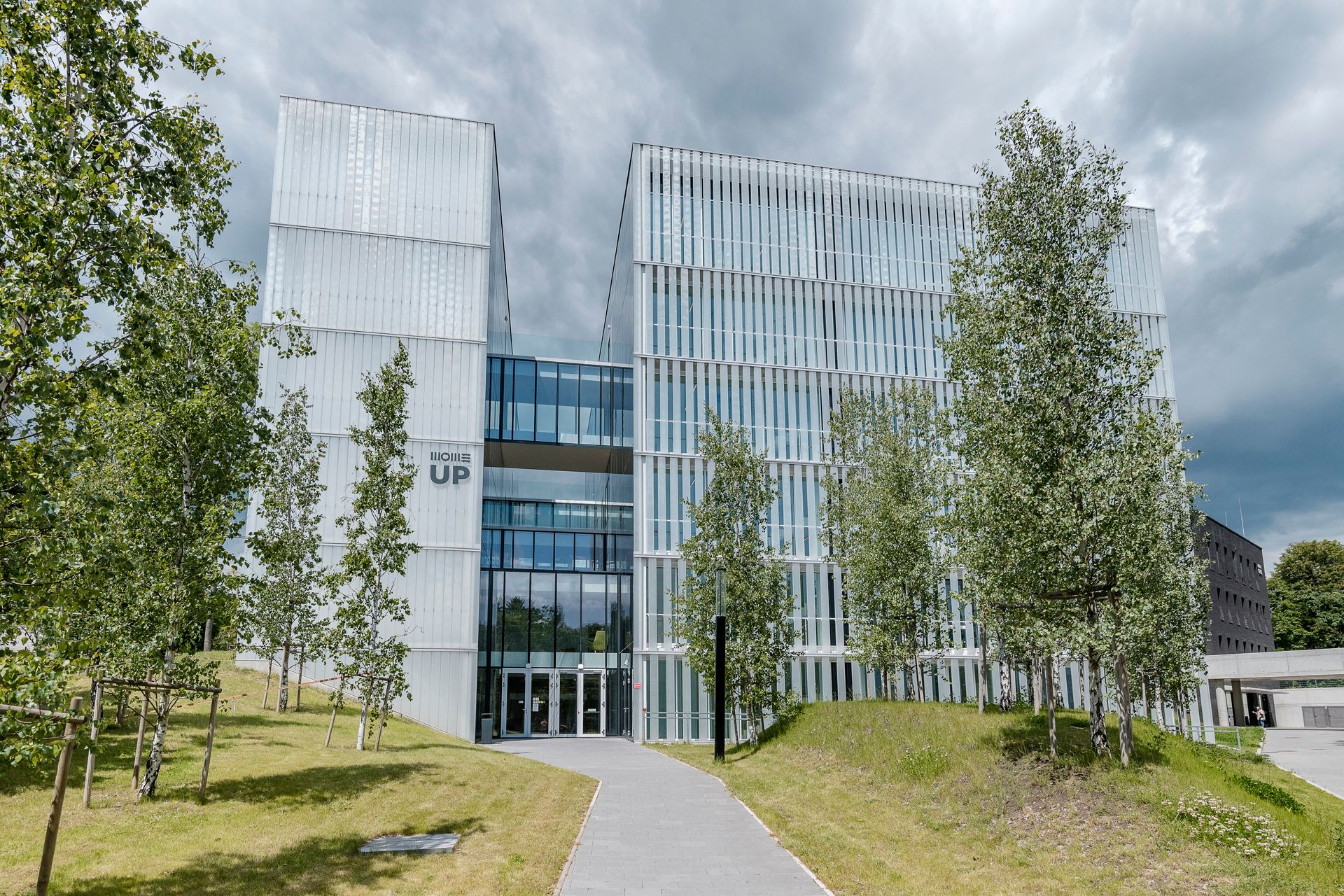
Photos: Máté Lakos
MOME Innovation Center | Web | Facebook | Instagram
MOME | Web | Facebook | Instagram

Nature took over in the Swiss exhibition space | Ólafur Elíasson
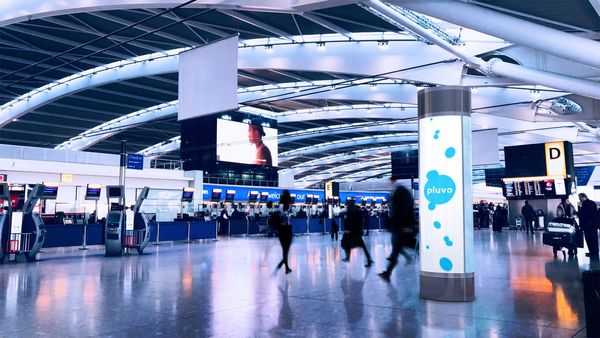
Air-purifying advertising column installed in London
